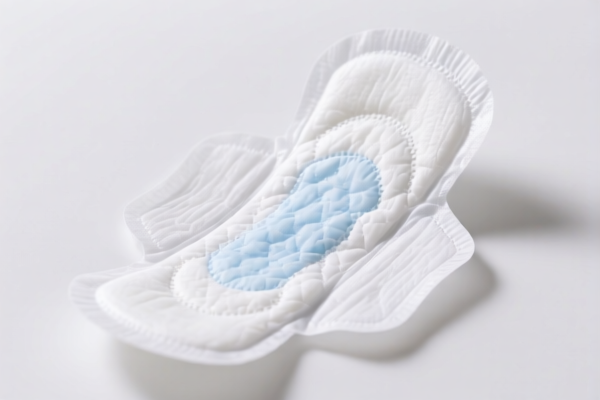| HS Code | Official Doc | Tariff Rate | Origin | Destination | Effective Date |
|---|---|---|---|---|---|
| 3926400010 | Doc | 35.3% | CN | US | 2025-05-12 |
| 3926909989 | Doc | 42.8% | CN | US | 2025-05-12 |
| 3916905000 | Doc | 60.8% | CN | US | 2025-05-12 |
| 3916903000 | Doc | 61.5% | CN | US | 2025-05-12 |
| 9503000071 | Doc | 30.0% | CN | US | 2025-05-12 |
| 9503000073 | Doc | 30.0% | CN | US | 2025-05-12 |




Plastic Models
Plastic models are typically unassembled and unpainted kits representing a wide variety of subjects. They are constructed from thermoplastic polymers, most commonly polystyrene, and are a popular hobby for enthusiasts of all ages.
Material
The primary material used is polystyrene, chosen for its ease of molding, low cost, and ability to be easily glued, painted, and detailed. Different grades of polystyrene are used depending on the complexity and intended use of the model. Some kits may incorporate other plastics like polyethylene or polypropylene for specific parts. More recently, bio-plastics are appearing, though these are less common.
Purpose
The primary purpose of plastic models is recreational construction and display. However, the hobby extends beyond simple assembly. Modelers often modify, detail, and paint their kits to create highly realistic or personalized representations of the subject. Collecting is also a significant aspect for many.
Function
Plastic models function as scaled-down representations of real-world objects. They are not typically designed for functional use beyond static display. However, some models, particularly those of vehicles, may include working features like rotating turrets, movable parts, or illuminated lights.
Usage Scenarios
- Hobby Building: The most common use, involving assembly, painting, and detailing.
- Collecting: Displaying completed or rare kits.
- Historical Representation: Recreating historical vehicles, aircraft, or scenes.
- Gaming: Used as miniatures in tabletop wargames.
- Educational Purposes: Used to learn about engineering, history, and design.
- Diorama Creation: Incorporating models into realistic scene displays.
Common Types
- Scale Models: Represent real-world objects at a reduced size, denoted by a scale factor (e.g., 1:72, 1:48, 1:35). Common subjects include:
- Military Vehicles: Tanks, aircraft, ships, soldiers.
- Aircraft: Civilian and military airplanes.
- Ships: Historical warships, modern vessels, sailing ships.
- Automobiles: Cars, trucks, motorcycles.
- Railroad Models: Trains, buildings, scenery.
- Snap-Together Kits: Designed for easy assembly without the need for glue, often aimed at beginners.
- Figure Models: Represent human or animal figures, often used for painting and display.
- Character Models (Gunpla/Robots): Kits representing characters from anime, manga, and video games, particularly prominent with Japanese robots (e.g., Gundam).
- Buildings/Architecture: Kits representing famous buildings or architectural structures.
- Fantasy/Sci-Fi Models: Kits representing fictional subjects like spaceships, creatures, or scenes.
Plastic models fall under various classifications depending on their specific characteristics and intended use. Here's a breakdown of relevant HS codes based on the provided information:
-
3926400010: This code covers “Other articles of plastics and articles of other materials of headings 3901 to 3914: Statuettes and other ornamental articles Bows and similar products for decorative purposes including gift-packaging and the like”. This could apply to plastic models intended as decorative items or ornaments. The total tax rate is 35.3%.
-
3926909989: This code is for “Other articles of plastics and articles of other materials of headings 3901 to 3914: Other: Other Other”. This is a broader category for plastic articles not specifically classified elsewhere. The total tax rate is 42.8%.
-
9503000071: This code applies to “Tricycles, scooters, pedal cars and similar wheeled toys; dollsʼ carriages; dolls, other toys; reduced-scale (“scaleˮ) models and similar recreational models, working or not; puzzles of all kinds; parts and accessories thereof “Childrenʼs productsˮ as defined in 15 U.S.C. § 2052: Other: Labeled or determined by importer as intended for use by persons: Under 3 years of age”. If the plastic model is considered a toy and is intended for children under 3 years of age, this code may be applicable. The total tax rate is 30.0%.
-
9503000073: This code applies to “Tricycles, scooters, pedal cars and similar wheeled toys; dollsʼ carriages; dolls, other toys; reduced-scale (“scaleˮ) models and similar recreational models, working or not; puzzles of all kinds; parts and accessories thereof “Childrenʼs productsˮ as defined in 15 U.S.C. § 2052: Other: Labeled or determined by importer as intended for use by persons: 3 to 12 years of age”. If the plastic model is considered a toy and is intended for children between 3 and 12 years of age, this code may be applicable. The total tax rate is 30.0%.
Important Considerations:
The classification between 9503000071 and 9503000073 depends on the intended age group of the user. It is crucial to accurately determine whether the plastic model is labeled or determined by the importer as intended for use by children under 3 or between 3 and 12 years of age.
Customer Reviews
No reviews yet.